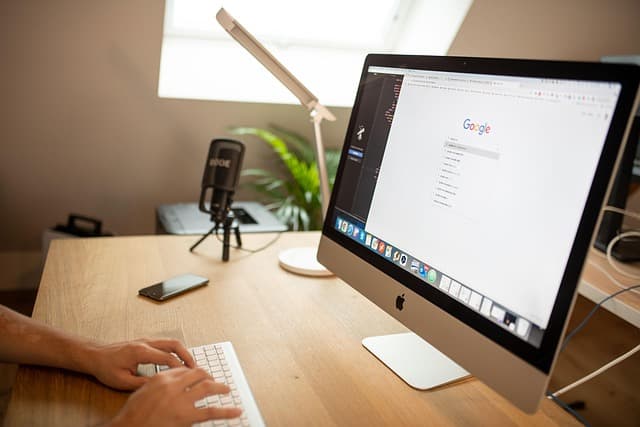It is worth mentioning that novice webmasters should not get carried away with internal linking. Abuse of links can lead to a ban from the search engine – that is, it will stop showing the relevant pages or the whole site in the search results. Of course, the internal factors are easier to influence, so some ignorant optimizers try to do everything and even more. In their understanding, the formal satisfaction of the criteria of optimization – it is the more, the better. However, search algorithms do not approve of this approach at all.
What is the best method of re-linking?
First, make sure that two conditions are met:
- The site already has content on it. Even if there’s only one page, that’s okay – you have to start somewhere.
- You’re regularly updating the site with new content. Following a clear content plan is necessary to keep internal linking effective.
Now you can get to work.
Link from one content-rich page to another
The best internal links are those that link one article to another. For example, here we’ll link to an article about Google Trends. And here we’ll link to an article about B2B. This is how you create a cohesive structure of pages within your site.
If the structure of your site is already well organized, you have enough links to the main pages and sections like Home, About Us, Contact Us and the like. In this case, you do not need links to these pages. It is better to pay attention to the cohesiveness of internal sections.
Use anchors
Which links work best? Those that contain explanatory text in the link itself. Those words highlighted in blue. In general, you should avoid anchorless text, as it is perceived warily by users, as well as search engine crawlers.
This is an anchor leading to an article on SMM and promotion in social networks. From this underlined text, the meaning of the material is absolutely obvious. Both you and Google robots like it.
And these are the things you should not do:
- Avoid exact match between the anchor and the link text. This is a known technique that can be penalized by search engines. They are very susceptible to exact matches between the anchor and the text on the landing page due to the fact that it is uncharacteristic of normal content.
- Don’t use the phrases Go to link, click here and similar. It doesn’t add value. Anchor text should have at least something to do with the content on the link.
- Don’t link more than one phrase. An entire linked paragraph is ugly and suspicious. It’s a good way to leave a negative user experience with visitors. Limit yourself to a few words or two to three phrases as a last resort.
Refer to the old ones every time in a new article
When you write a new piece of content, ideally you should insert five or six links to older ones. This is actually important for your internal linking strategy. Relying on this, search engines rank your site.
Google takes into account the degree of relevance of page content and includes this indicator in the ranking factors.
Update old articles with new links
The rule works in the opposite direction as well. Even more points from search engines can be acquired through updating old content.
When you do this Google sees the action and re-index the page. It’s better to make updates constantly according to an algorithm:
- Add a new paragraph at the beginning to explain the nature of the change.
- Add another series of paragraphs with additional or fresh information.
- Insert some internal links to new articles.
In this way, you will accomplish two goals:
- Update the old content, which will improve its position in rendition
- Use the link to improve the performance of the new material.
Add links where they are logically written out
An easy and not so tedious way is to throw a link at the end of the material More cool content. Please avoid this.
Find snippets or blocks of the page where the link will make sense and relate to the content.
Make sure you add follow links
This is easy. Don’t put the nofollow attribute in the link parameters. It’s not necessary and definitely won’t add any value.
There is evidence that such links are conversely less quoted by search engines. They are certainly not a critical problem, but it is better to avoid such things. If you have a choice, do not put a nofollow tag.
Link to pages with high conversion rates
Do you have pages on your site that have a much higher conversion rate than the rest? If yes, do not hesitate to link to such pages.
Practice shows that in this situation, internal linking becomes more than just a factor in increasing engagement and ranking indicators. Here we are talking about increasing the profitability of paid materials.
It is necessary to analyze conversion rates of all pages to build a competent user journey. If you haven’t installed end-to-end analytics yet, it’s best to do so.
